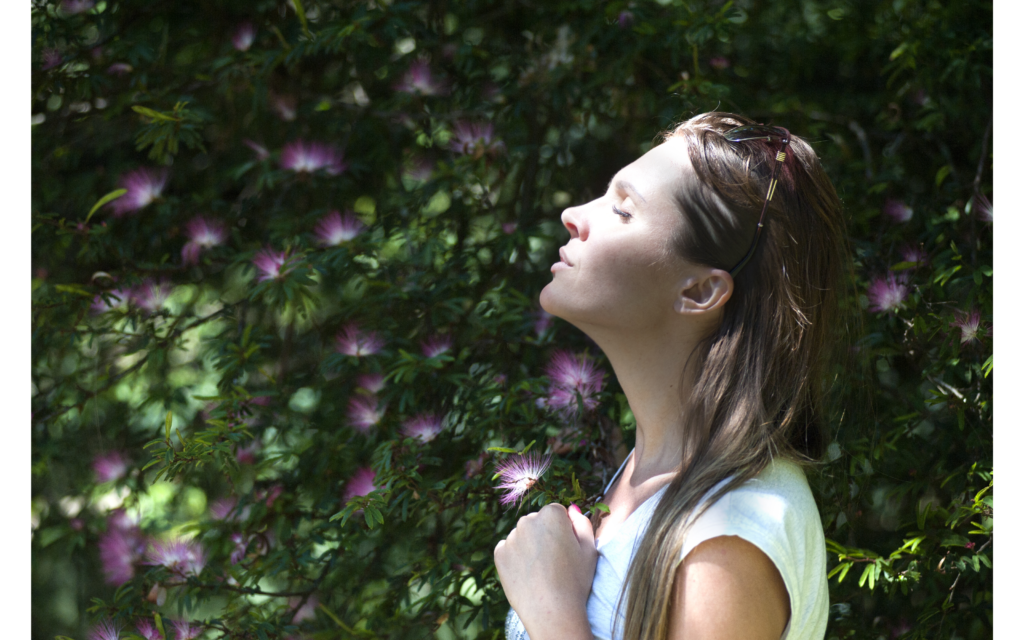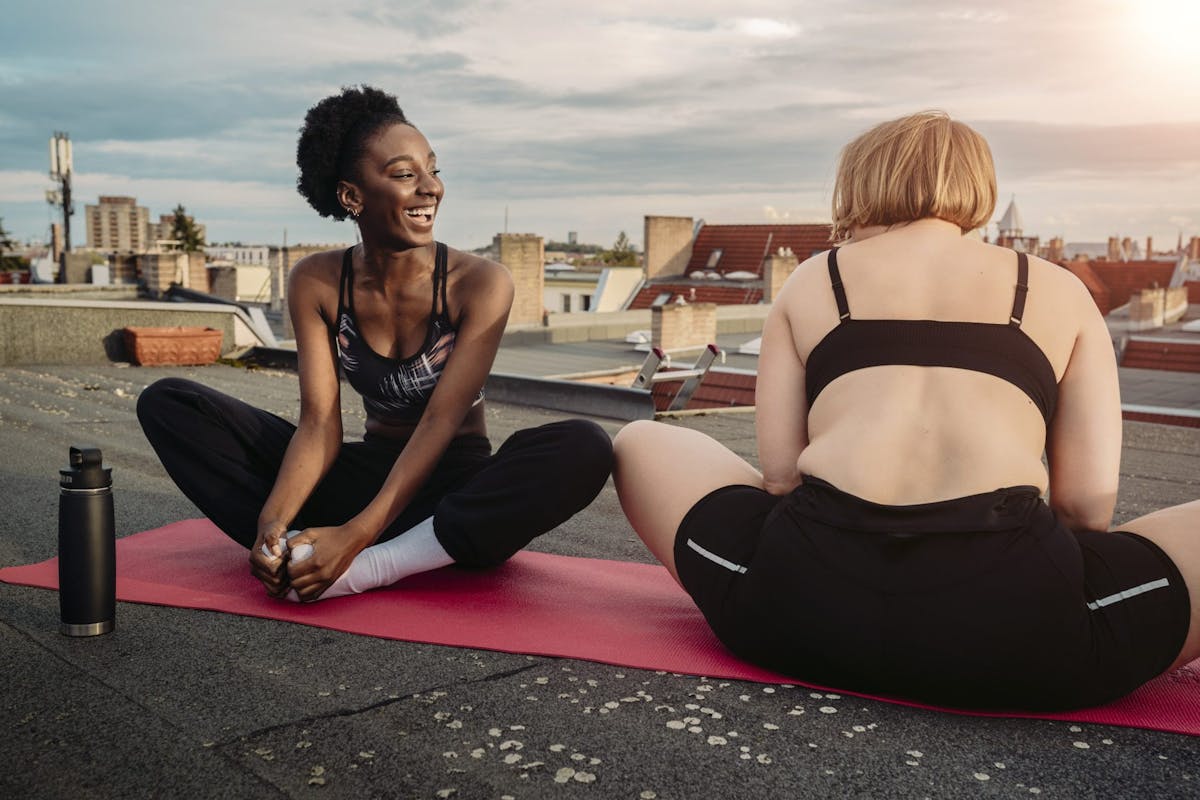A step-by-by step guide to surviving the January blues.
“Blue Monday” refers to the weird third Monday in January—described as the most depressing day of the year—when people appear the lowest in mood. Apparently, this is due to a combination of post-Christmas blues, cold dark nights, and the arrival of unpaid credit card bills. Alas, this year’s date is Monday 17 January 2022.

Is it real?
There is no real evidence to support this theory. The concept was first publicized as part of a 2005 press release from a holiday company that claimed to have calculated the date using an equation. However, the idea is considered pseudoscience, with its formula derided by scientists as nonsensical.
Now, having said that…
Are my clients generally underwhelmed after the Christmas and New Year holidays? Maybe.
Are they broke and just about hanging on for the next paycheck? Certainly.
Have they defaulted on that rather unrealistic New Year’s resolution? Perhaps.
Do they get stressed and overwhelmed by the return to a job they promised themselves that they’d resign from? Sure.
Whilst it might be tempting to indulge in a national collective “woe-is-me” day, it’s probably more helpful to focus on how to make your life better this year.
There might not be much evidence to support “Blue Monday,” but we could probably agree that some people might feel particularly low in mood this week, so let’s be compassionate and offer support to them as we would any other day of the week.
So, if you happen to experience the blues on Monday the 18th of January (or frankly, any other day of the week, for that matter), I invite you to try any or all of my top things to do when I need to beat the blue out of any bluey day! My clients love these, too.
Try any or all of my top things to do when I need to beat the blue out of any bluey day.
5 Simple Ways To Beat Your Monday Blues
- Go to bed early on Sunday night. Your body will thank you for it. It’s important to prepare for sleep using a helpful bed-time routine such as having a warm bath and limiting blue lights which often radiate from mobile phones and tablets. If you really have trouble sleeping, I’d recommend you see your physician for some advice. However, to learn more helpful tips about sleep, my favourite specialist is Dr. Michael J. Breus—aka The Sleep Doctor.
- Plan your Monday schedule, as it’ll help you to feel more in control. Remember to incorporate time in your day for a proper lunch. If you find yourself feeling stressed, take a quick 5-minute break to practice being mindful. Focus on your breathing and allow thoughts to float in and out.
- Meet a friend online and have a good laugh! Or organize a zoom meeting with a number of friends—better yet, friends you haven’t caught up with for a while, and have a really good laugh about all the silly stuff that happened in the past.
- Burn some energy. Go out for a run, cycle ride, or walk until you feel just a little bit better. The endorphins our body produces are our natural anti-depressants and will help boost your moods.
- Don’t pressure yourself. If you don’t fancy doing any of these, then don’t do it! Do something instead that you’d actually enjoy. There’s always Tuesday. It might be a much better day anyway!
How Essential Oils Can Support the Body in Stress
Understanding what actually triggers a stress response gave me the tools to help reduce it.
For example, nipping the thoughts that stir a stress response in the bud can help avoid it altogether. Essential oils are uniquely suited to help us address, transform and clear negative emotions and thought patterns.
Our sense of smell, which is part of our olfactory system, is one of the most powerful channels into the body. In fact, our sense of smell is estimated to be 10,000 times more acute than our other senses. Research has shown that scents can travel faster to the brain than other senses like sight or sound. Perhaps for that reason, inhalation can be the most direct and effective method for using essential oils. The entire process from the initial inhalation of an essential oil to a corresponding response in the body can happen in a matter of seconds.
When we inhale essential oils through the nose, the odor molecules trigger receptor sites in our mucous membrane, which then sends the odor information on to the olfactory bulb at the base of the brain. I find it interesting that it is not actually the essential oil itself that is sent to the brain, but a neural translation of the oils. These fragrance messages are interpreted and transmitted to the limbic system of the brain, known as the “emotional brain” because it deals with emotional and psychological responses.
As you may know, the limbic system serves as the control center in the brain for emotions and feelings, along with hunger, thirst and sex drive. This helps explain how scent can influence appetite and sexual attraction. It also impacts long-term memory through our hippocampus which stores our memories. The hippocampus is the area of the brain at play during those powerful experiences of smell triggering emotions or memories. For me, the mere smell of mothballs transports me back in time to my grandparent’s apartment in Brooklyn, triggering a multi-sensory memory including both the visuals and the emotions that I experienced during our annual visits.
This powerful emotional reaction in the limbic system is triggered by nerve impulses which in turn trigger other areas of the brain that are responsible for secreting hormones, neurotransmitters and regulating body functions. For example, the pituitary gland releases endorphins, which can help alleviate pain and promote a sense of well-being.
The theory of how this works centers on the idea that essential oils can stimulate or sedate the brain to promote or inhibit the production and release of various neurotransmitters which then impact the nervous system.
Because smells can bypass the thought center of the thalamus and connect directly to the emotional center of the brain, known as the amygdala in the limbic system, they can trigger us to react first and think later. All other physical senses are routed through the thalamus, which acts as the switchboard for the brain, passing stimuli onto the cerebral cortex (the conscious thought center) and other parts of the brain.
The amygdala plays a major role in storing and releasing emotional trauma. The easiest way to stimulate this gland is through the sense of smell. In other words – the emotional brain responds better to smell than it does to words that are read, spoken or heard. Our sense of smell links directly to emotional states and behaviors often stored since childhood.
This makes essential oils especially powerful tools for enabling us to access stored or forgotten memories and suppressed emotions, like anxiety, depression, fear, worry, grief, trauma, anger and self-abuse. Once accessed, we can acknowledge and release them. The word “emotion” includes the word motion, implying that are supposed to move through us and be released. Negative emotions can that we hold onto can contribute to health problems.
As you may recall, emotions and thought patterns can trigger an ongoing stress response in the body (since our stress response cannot differentiate between physical or emotional and thought driven stressors) which impedes our ability to heal. Smelling essential oils can be a powerful tool for moving through and releasing these thought patterns. To learn more about different essential oil blends to help release emotions, click here.
Essential Oils as Tools to Relieve Stress
Armed with this knowledge that I could use essential oils to help balance my stress, and not need to abandon my job or my children, I incorporated several emotional blends (my personal favorites are Liver Support™ for my anger and Small Intestine Support™ for my boundaries), along with:
Parasympathetic™: The first line of defense against stress is known as the “fight or flight” response triggered by the sympathetic nervous system. We are designed to switch into this sympathetic state, flee from danger, then drop back into the balanced parasympathetic “rest and digest” state where we can rest, repair and heal. To help stimulate the Parasympathetic response, apply Vibrant Blue Oils Parasympathetic™ blend to the vagal nerve (behind the earlobe on the mastoid bone). For more aggressive vagal stimulation, you can also apply at the base of the skull (where you feel a small indent). Apply before meals to optimize digestion and up to 6 times daily to help reset the body into the Parasympathetic state.
Adrenal™: The adrenal glands help determine and regulate the body’s stress response by secreting hormones like adrenaline and cortisol. Prolonged periods of stress can deplete our reserves of these hormones and exhaust the adrenal glands. Applying Vibrant Blue Oils Adrenal™ blend over the adrenal glands (back of the body, one fist up from the 12th rib), may help to increase the body’s ability to adapt to stress and maintain healthy adrenal function.
Hypothalamus™: The limbic lobe can also directly activate the hypothalamus – a pearl size region of the brain often referred to as the “master gland” which acts as the hormonal control center for neural and hormonal messages received from/sent to body and plays a key role in the body’s stress response. The hypothalamus releases hormones that can affect everything from sex drive to energy levels. The production of growth hormones, sex hormones, thyroid hormones, and neurotransmitters such as serotonin, are all governed by the hypothalamus. It is constantly reading blood the levels of hormones, and adjusting resulting signals sent to the body to maintain internal balance (homeostasis). Chronic and prolonged stress can damage the hypothalamus’s ability to receive clear messages from the body which then impacts all outgoing endocrine and neural signals. Applying Vibrant Blue Oils Hypothalamus™ blend over the third eye may help reset the natural ability of the hypothalamus to send and receive clear messages to and from the body.
What are your tips for beating the Blue Monday blues? Please share in the comments below







Recent Comments